Jackfruit, a tropical giant native to South and Southeast Asia, has surged in global popularity due to its versatility, unique flavor, and impressive nutritional profile. Whether consumed fresh, dried, or incorporated into both sweet and savory dishes, this colossal fruit offers a burst of sweetness reminiscent of mango, pineapple, and banana. However, handling jackfruit—particularly its post-peeling storage—presents challenges. A common dilemma for home cooks and jackfruit enthusiasts is whether to refrigerate peeled jackfruit to preserve its freshness. This article delves into the science of jackfruit preservation, explores the pros and cons of refrigeration, and provides actionable tips to maximize shelf life without compromising taste or texture.
Understanding Jackfruit: Composition and Spoilage Factors
Before addressing storage methods, it is crucial to grasp why jackfruit deteriorates. The fruit’s flesh, composed of bulbs (the edible portions) attached to a fibrous core, is rich in sugars, water, and enzymes. These components make it highly perishable. Once exposed to air, enzymes like polyphenol oxidase initiate oxidation, causing browning and flavor degradation. Microbial activity—bacteria and molds—further accelerates spoilage, especially in warm, humid environments.
The ripeness of the jackfruit at the time of peeling also influences storage. Overripe fruit contains higher sugar concentrations, making it more prone to fermentation and spoilage. Conversely, slightly underripe jackfruit may retain firmness but lack optimal sweetness. Balancing ripeness with storage needs is key.
The Case for Refrigeration: Benefits and Limitations
Refrigeration slows enzymatic reactions and microbial growth by lowering temperatures. For peeled jackfruit, this means:
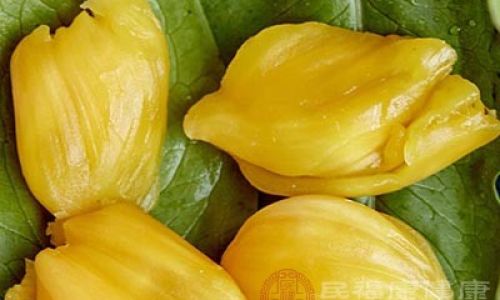
- Extended Shelf Life: Stored at 40°F (4°C) or below, peeled jackfruit can last 5–7 days, compared to 1–2 days at room temperature.
- Texture Preservation: Cold temperatures slow the breakdown of pectin, the compound responsible for the fruit’s firmness, preventing mushiness.
- Flavor Retention: Refrigeration minimizes volatile compound loss, preserving the fruit’s aromatic profile.
However, refrigeration is not without drawbacks:
- Moisture Loss: Fridges are low-humidity environments, which can dehydrate jackfruit, causing shriveling.
- Odor Absorption: Jackfruit’s porous flesh may absorb smells from other foods (e.g., onions, cheese).
- Chilling Injury: Prolonged exposure to temperatures below 32°F (0°C) can damage cell walls, leading to off-flavors and texture changes.
Alternative Storage Methods: When Refrigeration Isn’t Ideal
While refrigeration is often recommended, circumstances may warrant alternatives:
-
Freezing
Freezing peeled jackfruit at 0°F (-18°C) halts spoilage indefinitely. However, ice crystals disrupt cell structures, resulting in a softer texture upon thawing. This method is ideal for smoothies, jams, or baked goods where texture is less critical.- Steps:
- Portion jackfruit into airtight containers or freezer bags.
- Remove excess air to prevent freezer burn.
- Thaw in the refrigerator overnight before use.
- Steps:
-
Room Temperature Storage
In cool, dry climates (below 68°F/20°C), peeled jackfruit may last 6–8 hours without refrigeration. This is suitable for immediate consumption but risky in humid areas.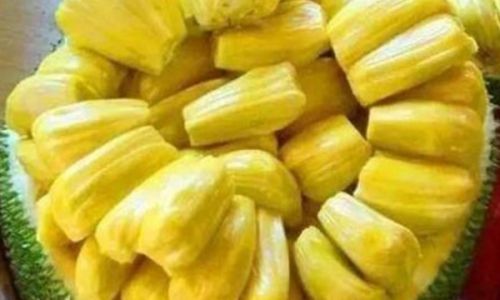
-
Acidulated Water
Submerging jackfruit in a mixture of water and citrus juice (e.g., lemon or lime) slows browning by lowering pH. However, this alters taste and requires pat drying before storage.
Signs of Spoilage: When to Discard Peeled Jackfruit
Regardless of storage method, spoilage is inevitable. Key indicators include:
- Off Odors: A fermented, alcoholic, or sour smell signals bacterial activity.
- Mold Growth: Fuzzy patches in green, white, or black hues are unsafe.
- Texture Changes: Sliminess, excessive softness, or granularity indicate decay.
- Color Shifts: Dark brown or grayish hues replace the vibrant golden-yellow of fresh jackfruit.
Err on the side of caution: spoiled jackfruit can cause food poisoning, with symptoms like nausea and diarrhea.
Optimal Refrigeration Practices: Step-by-Step Guide
To refrigerate peeled jackfruit effectively:
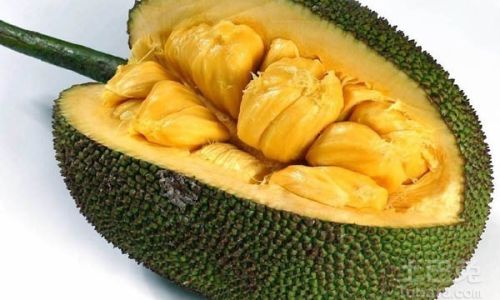
-
Preparation:
- Separate bulbs from the core and discard any bracts (inedible fibrous parts).
- Rinse bulbs under cold water to remove sap, which can stain hands and surfaces.
-
Drying:
Pat bulbs gently with paper towels to eliminate excess moisture. Excess water promotes mold.
-
Packaging:

- Use airtight containers or resealable bags. For added protection, wrap bulbs in parchment paper to prevent clumping.
- Avoid overcrowding; leave space for air circulation.
-
Placement:
- Store in the main compartment, not the crisper drawer (which may be too humid).
- Keep away from ethylene-producing fruits (e.g., apples, bananas), which accelerate ripening.
-
Monitoring:
Check daily for signs of spoilage. Remove compromised pieces to prevent cross-contamination.
Debunking Myths: Common Misconceptions
- “Refrigeration Kills Nutrients”: While some vitamins (e.g., vitamin C) degrade over time, refrigeration preserves most nutrients better than room-temperature storage.
- “Jackfruit Doesn’t Need Refrigeration”: Unpeeled whole jackfruit can last 1–2 weeks at room temperature, but peeling exposes flesh to pathogens, necessitating cold storage.
- “Freezing Ruins Flavor”: While texture changes, freezing retains sweetness and aroma, making it suitable for culinary uses beyond fresh eating.
Beyond Storage: Creative Ways to Use Peeled Jackfruit
To minimize waste, repurpose leftover jackfruit creatively:
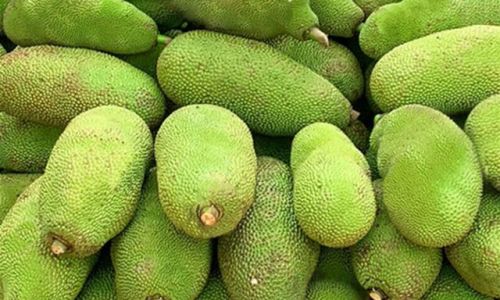
- Savory Dishes: Use in tacos, curries, or pulled “pork” sandwiches.
- Desserts: Incorporate into ice creams, tarts, or sticky rice.
- Preserves: Simmer with sugar and spices for jams or chutneys.
Conclusion: Balancing Convenience and Quality
The decision to refrigerate peeled jackfruit hinges on usage timelines and environmental conditions. Refrigeration offers a practical middle ground, extending edibility while maintaining acceptable quality. However, freezing or alternative methods may better suit long-term storage or specific recipes. Regardless of the approach, vigilance is key—regular checks for spoilage ensure safety and satisfaction.
In an era where food waste is a pressing concern, mastering jackfruit storage not only preserves this tropical treasure but also honors the labor and resources invested in its cultivation. Whether enjoyed fresh, frozen, or transformed into culinary creations, peeled jackfruit deserves mindful handling to savor its full potential.
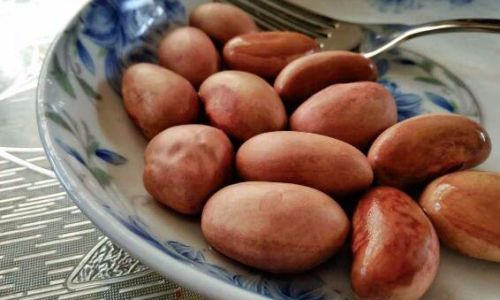
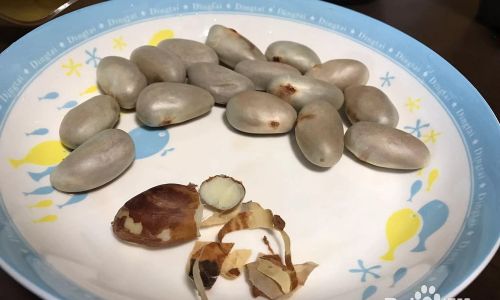
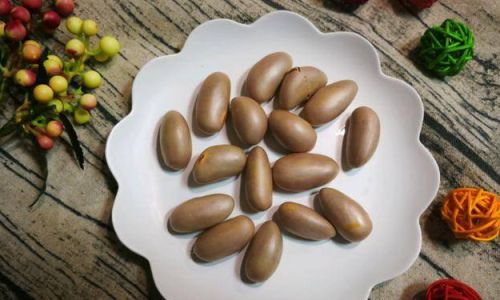
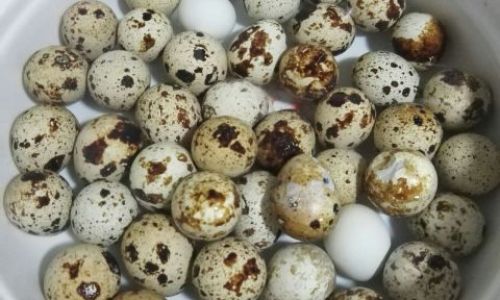
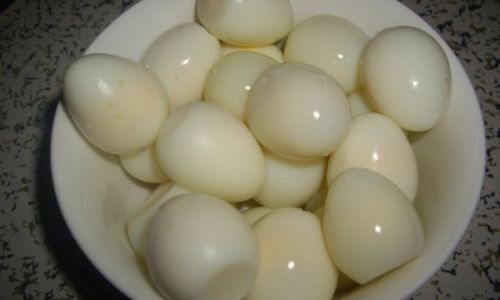
0 comments